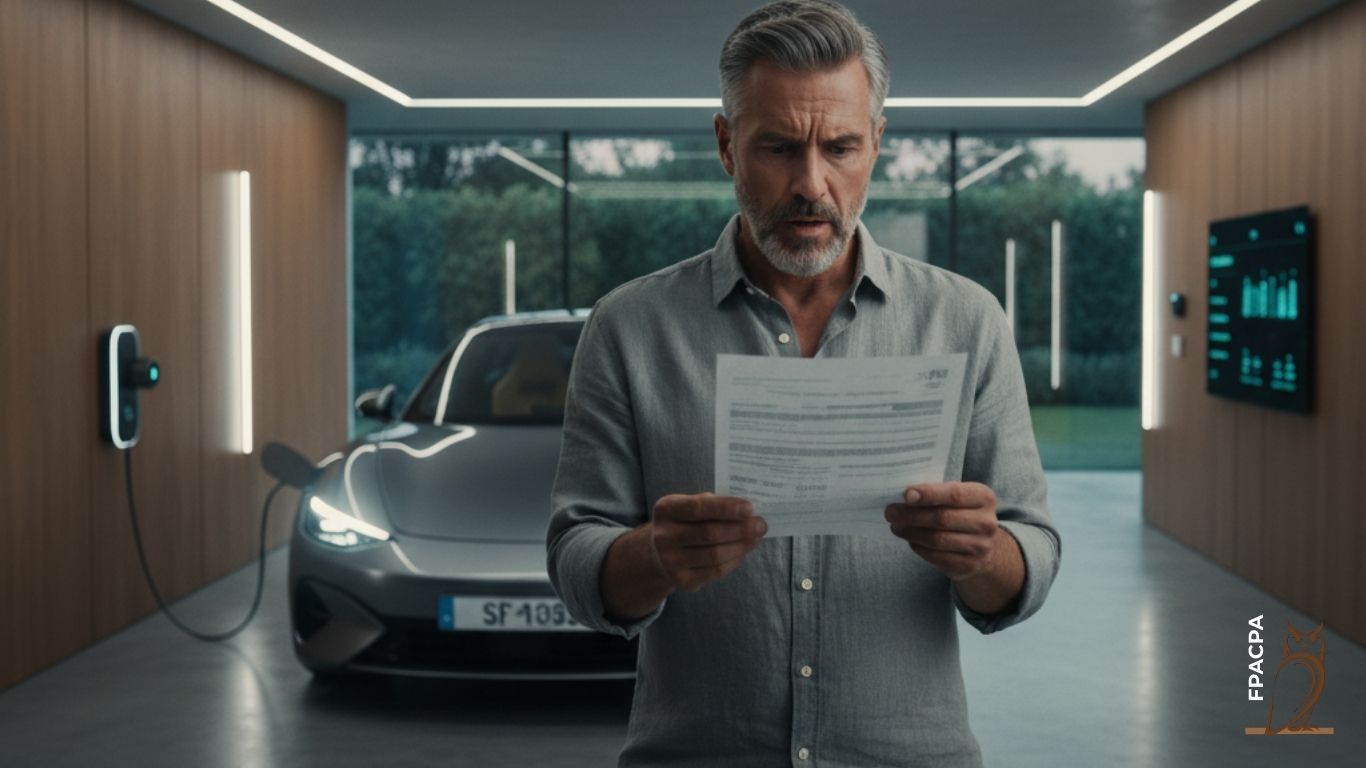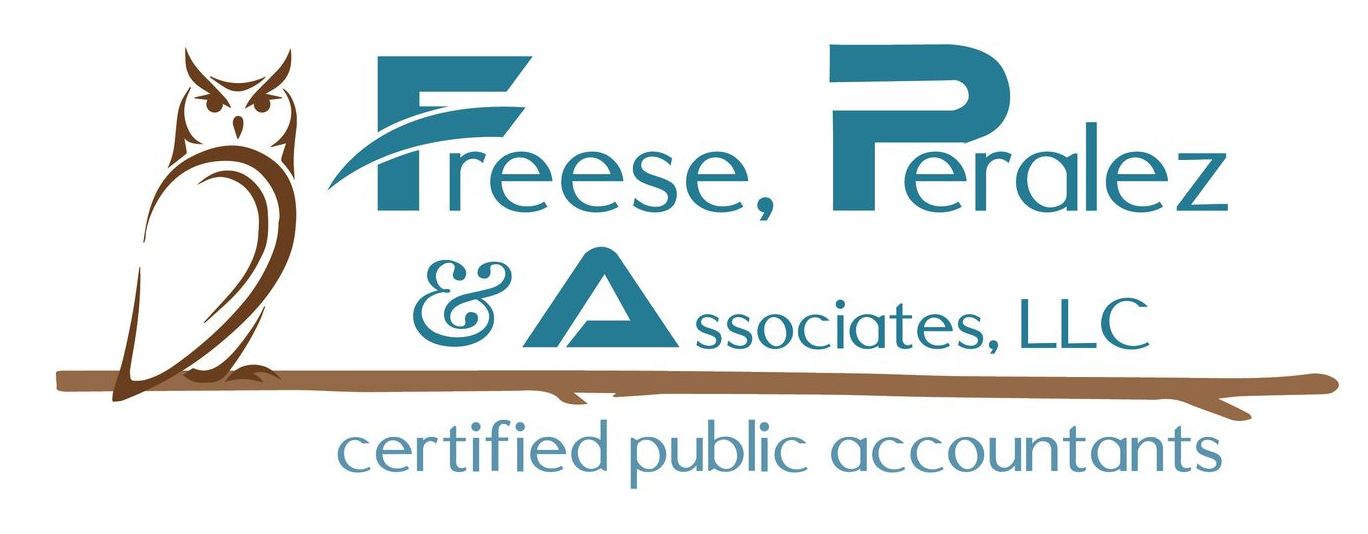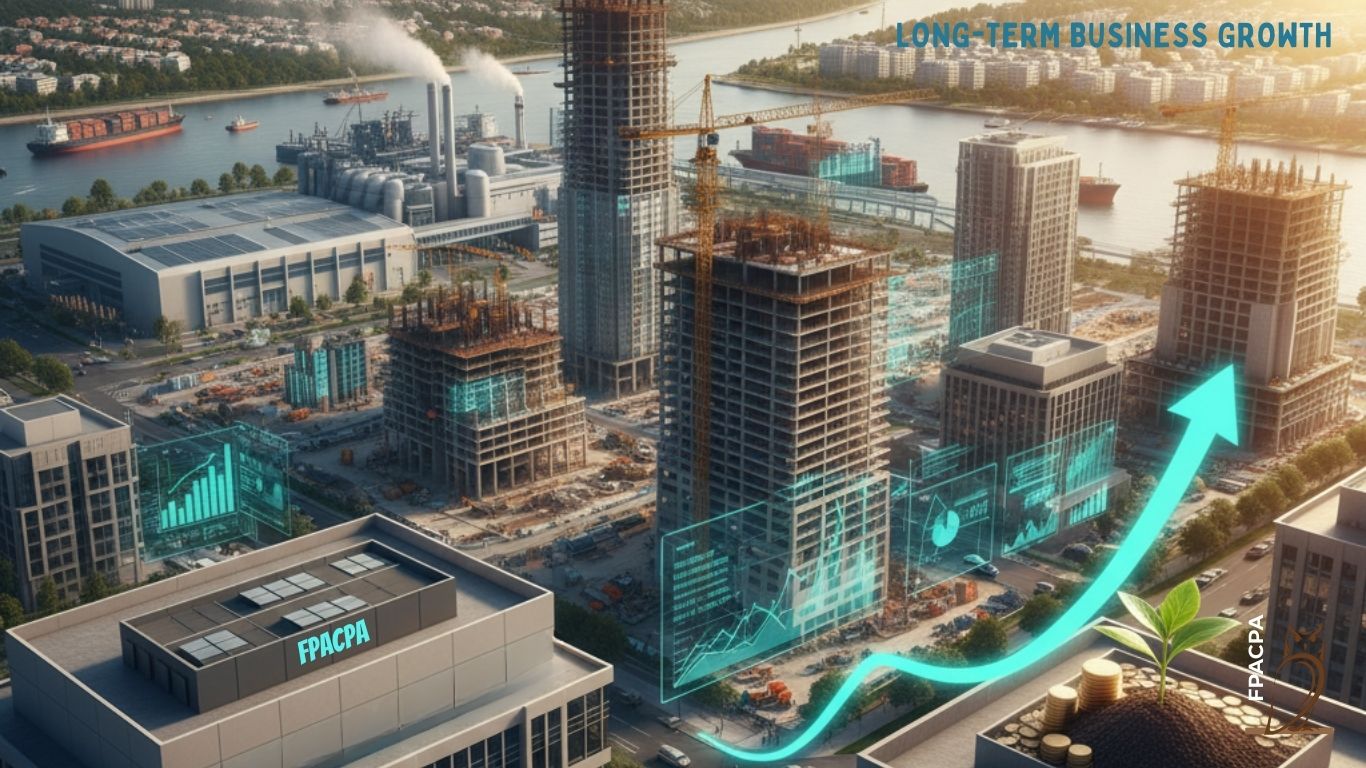How to Reassess Your EV and Energy Investments After the OBBBA
How to Reassess Your EV and Energy Investments After the OBBBA

1. What Just Changed?
The OBBBA phases out or shortens many credit timelines related to clean energy:
- Electric Vehicle (EV) Tax Credits (Section 30D, 45W) end for vehicles delivered after September 30, 2025
- Charging Station Credits (Section 30C) expire for installations after June 30, 2026
- Residential clean energy credits (Section 25C/25D) gone after December 31, 2025
- Commercial and utility renewables credits (Sections 45Y/48E) require projects to begin construction by mid 2026 and go in service by end of 2027
These changes underscore that timing is critical for any planned energy investments.
2. EV Fleet Strategy : Act Quickly
If you’re considering an EV fleet upgrade, the deadline is approaching fast:
- Purchases before September 30, 2025, may qualify for full federal credit
- After that, no federal EV credit applies, not even for vehicles still in production
If you’ve been waiting on budget approval, now is the time to accelerate or re-evaluate ROI if you move post‑deadline.
3. Renewable Energy Projects — Last Chance Timing
Projects with commercial-scale renewables (solar, wind, storage) need to:
- Begin construction by June 2026
- Must become operational by end of 2027 to claim full credits
If your business planned an off-grid system or critical infrastructure upgrade, make sure it meets these triggering deadlines or it may miss out entirely.
4. Reset EV and Energy Forecasts
Old analyses likely assumed incentive-backed ROI. Now:
- EV ownership costs increase without the federal tax credit
- Return timing on infrastructure investments shifts
- Payback projections relying on clean energy credits may no longer hold
We recommend updating forecasts and considering alternative:
- Depreciation (Section 179 still robust)
- State-level incentives
- Green financing options
5. Still Valuable Tools Remain
Not all tools disappeared:
- Section 179 expensing is unchanged, full cost write-offs for vehicles and equipment
- State incentives or utility rebates may still apply
- After‑tax ROI can still be favorable if the asset saves on O&M or fuel
Projects structured around economic value. not just credits, can still be viable.
Reader Q&A
“We’d planned an EV van fleet for 2026. Should we pause or buy now?”
Answer: You can either accelerate to qualify for 2025 credit or adjust your ROI model without it. We can run the analysis based on current pricing, depreciation, and operating expense savings.
Final Thoughts from Tim Freese
“The OBBBA reshapes the clean energy playbook. If you were counting on credits, we need to rebuild the forecast. Don’t abandon your EV or renewable strategy, just adapt it to today’s rules.”
— Tim Freese, CPA | Managing Partner, Freese, Peralez & Associates, LLC
Next Steps
Already in our client network? Let’s update your asset purchase plan and forecast for 2025–2027 investments.
Not yet? Contact us today and we’ll help you re-evaluate your EV or renewable project roadmap: cost-effective, credit-aware, and growth-oriented.
Submit your tax related questions on our social media channels, we may feature them (anonymously) in an upcoming blog.
















